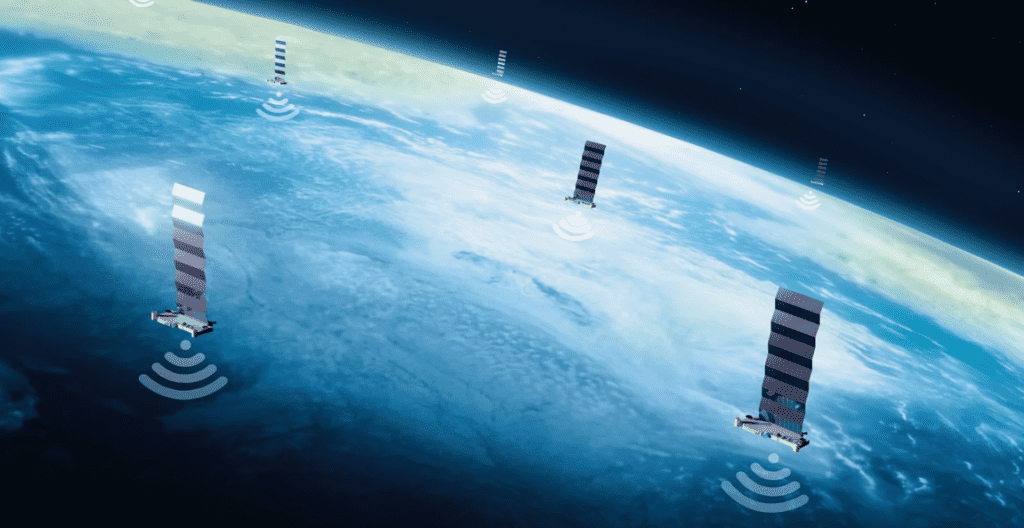The Global Positioning System (GPS) in the United States is an essential tool for navigation, but what happens if the satellites shut down or are jammed? According to new research, SpaceX’s satellite internet service Starlink could be a viable option, whether the company likes it or not.
A team conducted the study from the University of Texas at Austin’s Radionavigation Laboratory. They reverse-engineered the signals transmitted by thousands of Starlink satellites in orbit to demonstrate how they may be utilised for locating.
According to MIT Technology Review, the technology “may form the core of a useful navigation system” to compete with the US GPS and other equivalent positioning systems from China, Russia, and India.
Professor Todd Humphrey of the University of Texas’ Radionavigation Lab inquired about possibly employing Starlink as a global navigation satellite system similar to GPS. According to MIT Technology Review, the US Army funded Humphrey’s research because it was looking for a backup to the US GPS system, which now operates 31 active satellites at approximately 12,500 miles above the planet.
Starlink, on the other hand, already runs over 3,000 satellites that orbit Earth roughly 340 miles above the surface, resulting in better signal coverage. However, SpaceX CEO Elon Musk reportedly rejected to assist Humphrey out of concern that it would be a distraction for his company.
Despite the refusal, Humphrey’s team continued their investigation and were able to examine the signal structure for Starlink downlink beams in the 10.7 to 12.7GHz frequency.
“We also identified four synchronisation sequences that can be used to passively exploit Starlink signals for pseudo-range-based positioning, navigation, and timing (PNT), and specifically analysed two of these,” he and his colleagues stated in their non-peer-reviewed study.
Since the satellites routinely send signals to the Earth’s surface, Starlink can be utilised as a GPS-like system. As a result, a ground receiver may analyse these signals and compute the distance from a Starlink satellite to locate its location on the planet.
According to MIT Technology Review, Humphrey’s team used the Starlink satellites to locate a receiver within 30 metres. That’s still not as precise as GPS, which can identify a device, such as a smartphone, to within 5 metres. However, if SpaceX works with Humphrey, the accuracy of the Starlink-powered positioning system might be improved to less than a metre.
Musk commented on the research on Friday. “Obviously, Starlink can offer far more robust positioning than GPS because it will have 1000X more satellites over time,” he noted in a tweet.
“Not all will have a line of sight to users, but still >10X GPS & far stronger signal. Just not today’s problem.”
Without SpaceX’s support, an Ohio State University team has been investigating ways to use Starlink as a GPS substitute. The researchers discovered a way to do so with an accuracy of roughly 7.7 metres in September 2021.
“We eavesdropped on the signal, then created sophisticated algorithms to identify our location, and we demonstrated that it works with great accuracy,” said Zak Kassas, a team member.

